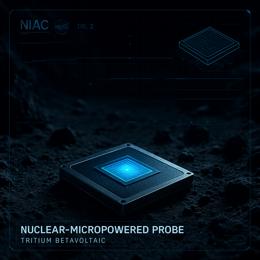Picture: for illustration purposes
SA Heritage Resources Agency Grapples With Fallout Over Fossil Space Journey
The decision to allow two ancestral human fossils a journey into space has caused a rift in the scientific community, resulting in the South African Heritage Resources Agency (SAHRA) having to defend its actions. The well-publicized trip, offered by Virgin Galactic, involved businessman Timothy Nash and two priceless fossils, a two-million-year-old Australopithecus sediba clavicle and a 250,000-year-old Homo naledi thumb bone.
These fossils, representatives of South Africa's rich paleontological heritage, were allowed to leave the country on a temporary export permit granted by SAHRA. The South African Archaeology Society has openly criticized the move, citing risks and questioning the purpose behind the venture.
Professor Lee Berger, a renowned paleoanthropologist, spearheaded the application to SAHRA. With the primary intention to promote science and increase global recognition of human origins research in South Africa, Berger believed that taking the first extinct humans into space symbolized a tribute to our African ancestors.
However, the backlash following the incident suggests that the journey did not yield the expected public relations boost for South African heritage recognition. Instead, critics questioned the ethics behind the decision. Concerns juggled between potential damage due to space radiation and accusations of colonialism echoes for letting rare heritage objects be used in promotional stunts.
Scientific community members argue that the long-standing rigor in permitting processes was compromised for an expensive publicity stunt. They reference the careful handling of other heritage artefacts, like the highly demanded Kathu Pan handaxe and the stringent norms it follows during travel.
Reflective of the scientific community's concern, Lyn Wadley, a respected archaeologist, expressed deep shame and embarrassment in a letter addressed to SAHRA, demanding that this incident should serve as a lesson in preserving South Africa’s priceless heritage.
Despite the turbulence, both Berger and SAHRA maintain that they had followed all required protocols and procedures. Berger welcomes open dialogue, and SAHRA affirms their commitment to the scrutiny of application processes, promising an appeal period and a review from external parties for specific applications.
Despite their assurances, critics argue that oversight and regulation require enhancement. The incident served as a stark reminder of the careful preservation of heritage objects, emphasizing the responsibility that authorities like SAHRA bear towards avoiding such controversies in the future.










